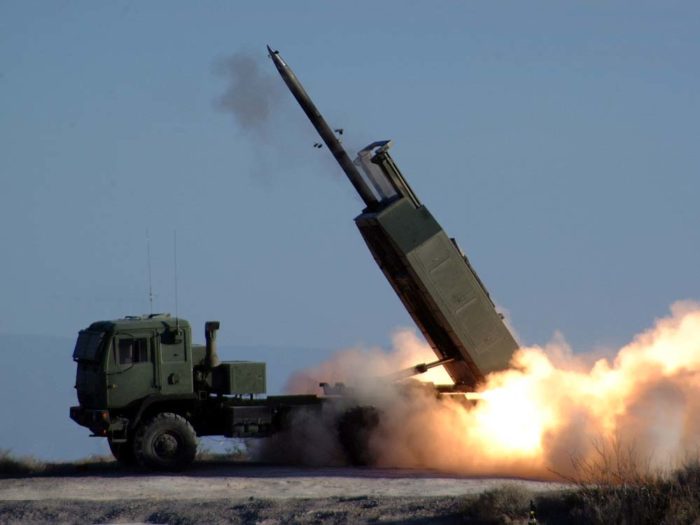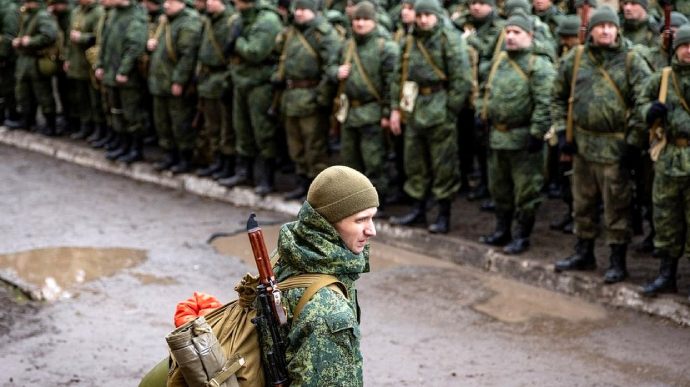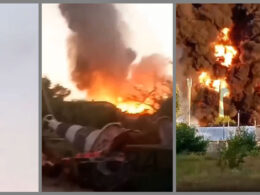Ukraine launched a precision strike deep inside Russian territory on Friday, just hours after President Joe Biden lifted restrictions on the use of American munitions.
The Ukrainian army utilized HIMARS (High-Mobility Artillery Rocket Systems) to target Belgorod, a key base for Russian attacks in northern Ukraine.
For more than two years, the Biden administration had imposed limits on the use of American-supplied weaponry, allowing Ukraine to deploy them only against Russian targets on Ukrainian soil. However, recent devastating Russian strikes on Kharkiv prompted a reassessment. The indiscriminate bombings, including an attack on a home-improvement store that claimed 18 lives, led to a decision to erase the restriction. Ukrainian President Volodymyr Zelenskyy hailed the move, stating it would enhance Ukraine's ability to defend against Russian aggression.
As the rockets, each weighing 660 pounds and armed with 50 pounds of high explosives, rained down on Belgorod, Russian media captured scenes of air-raid sirens and fiery launches of air-defense batteries. While Russian state media claimed to have shot down 14 rockets, the extent of the damage inflicted remains unclear.
Belgorod and its surroundings serve as a base for Russian forces launching attacks on Ukrainian border towns, particularly towards Kharkiv. The strike on Belgorod marks a significant move in Ukraine's ability to target Russian military assets deep inside Russia, Forbes assesses. Previously, Ukraine had only used locally-made or European munitions for such strikes. However, the availability of American-made precision weapons like HIMARS and ATACMS now offers Ukraine a more potent capability.
Related:
- Most allies now support Ukraine striking targets in Russia
- Politico: US quietly allowed Ukraine to strike inside Russia
- Russo-Ukrainian war, day 827: Western allies shift stance
- Germany permits Ukraine to hit Russian territory with
- Blinken hints US may accept Ukrainian strikes in Russia
- Ukraine strikes Russian territory with Western arms, most




